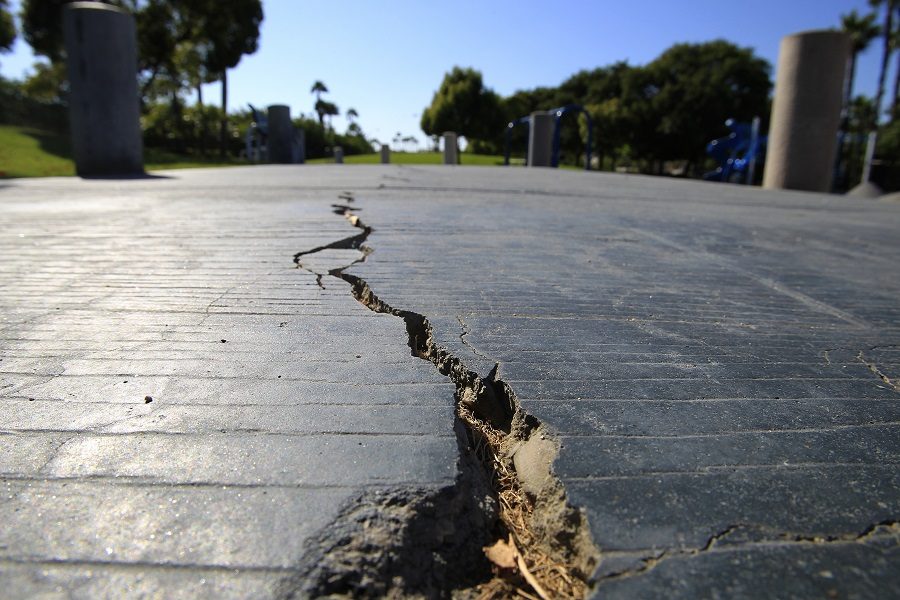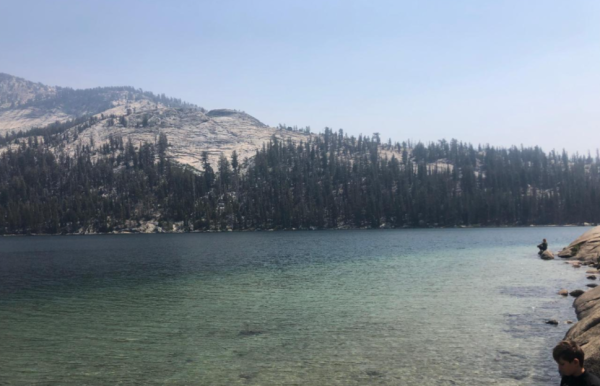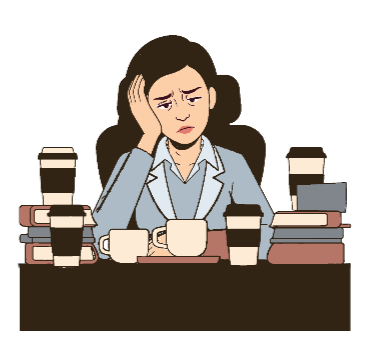Earthquake rocks New Zealand
The earthquake also triggered a tsunami and residents were warned to stay away from the shores. The damage is expected to be costly to repair as infrastructure destruction grows. Thousands of residents are stranded due to the natural disaster.
Natural disasters often come as a surprise to towns, especially earthquakes. On the island of New Zealand, a 6.3-magnitude quake struck after midnight on Mon., Nov. 14.
Hundreds of aftershock tremors have followed, spreading around the epicenter. The location of the epicenter is northeast of Christchurch, near the town of Kaikoura.
“Earthquakes are such unpredictable events. The aftermath of such disasters takes so long to recover from,” said Anais Cabello, 12.
Large landslides have clogged rivers, sending large amounts of water downstream. Residents living along the Clarence River were urged to move immediately to higher ground.
“Natural disasters that occur often trigger other natural disasters. In this case, the earthquake triggered a tsunami,” said Grace Deng, 9.
Aftershocks have left some areas without power and water, even though authorities are sending in supplies. Military helicopters and ships are being sent to evacuate people still stranded in Kaikoura.
“I hope they recover as fast as they can and I hope other nations help by giving resources and medical care,” said Cabello.
Damage repair will probably cost billions of dollars and will increase due to expected aftershocks following the next few months. So far, two people have been reported to be dead.
According to BBC News, while the number of fatalities remains low, the damage to infrastructure appears to be the biggest problem. The small amount of fatalities has been attributed to the fact that the first quake hit in the middle of the night.
Your donation will support the student journalists of Sycamore High School. Your contribution will allow us to purchase equipment and cover our annual website hosting costs.







